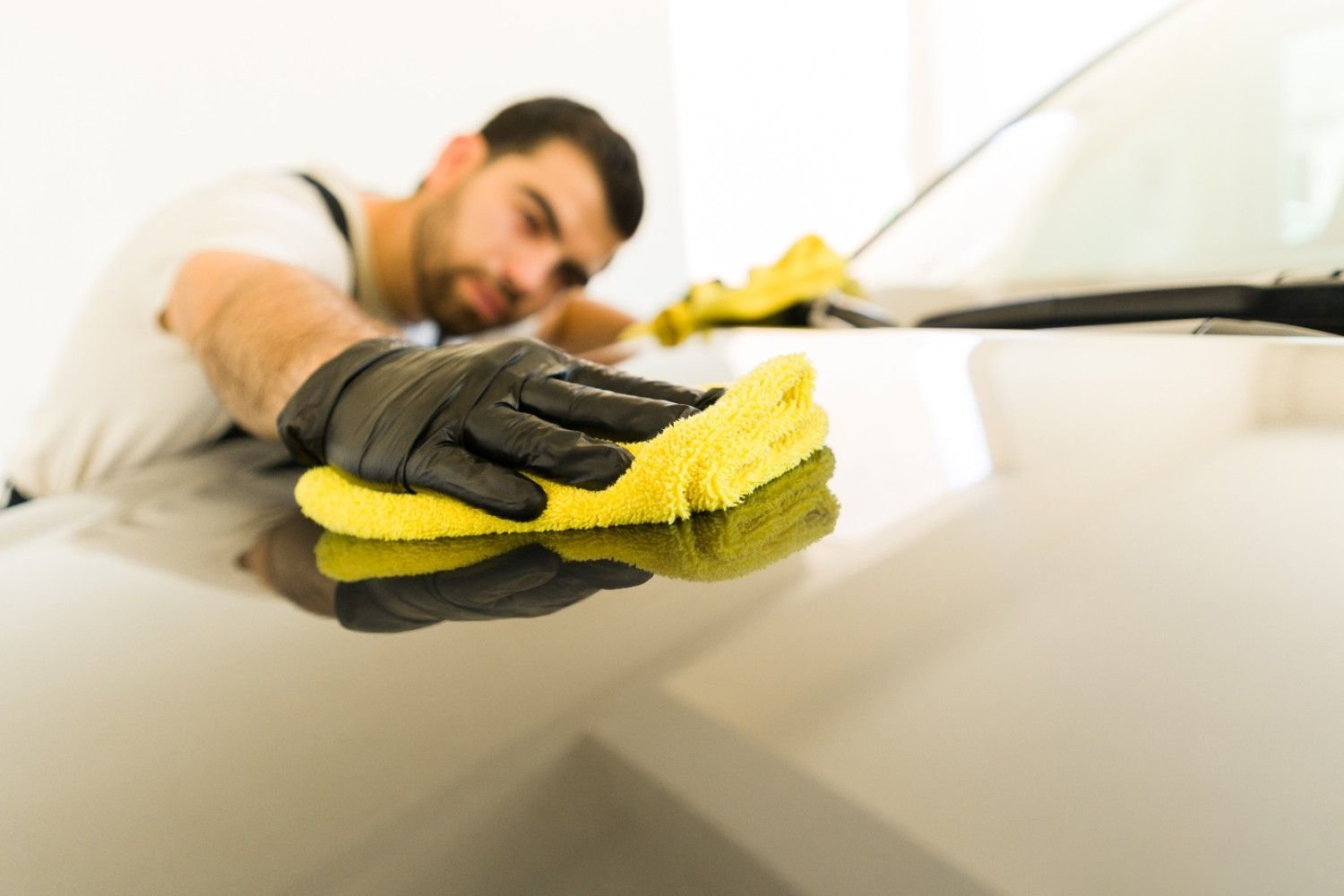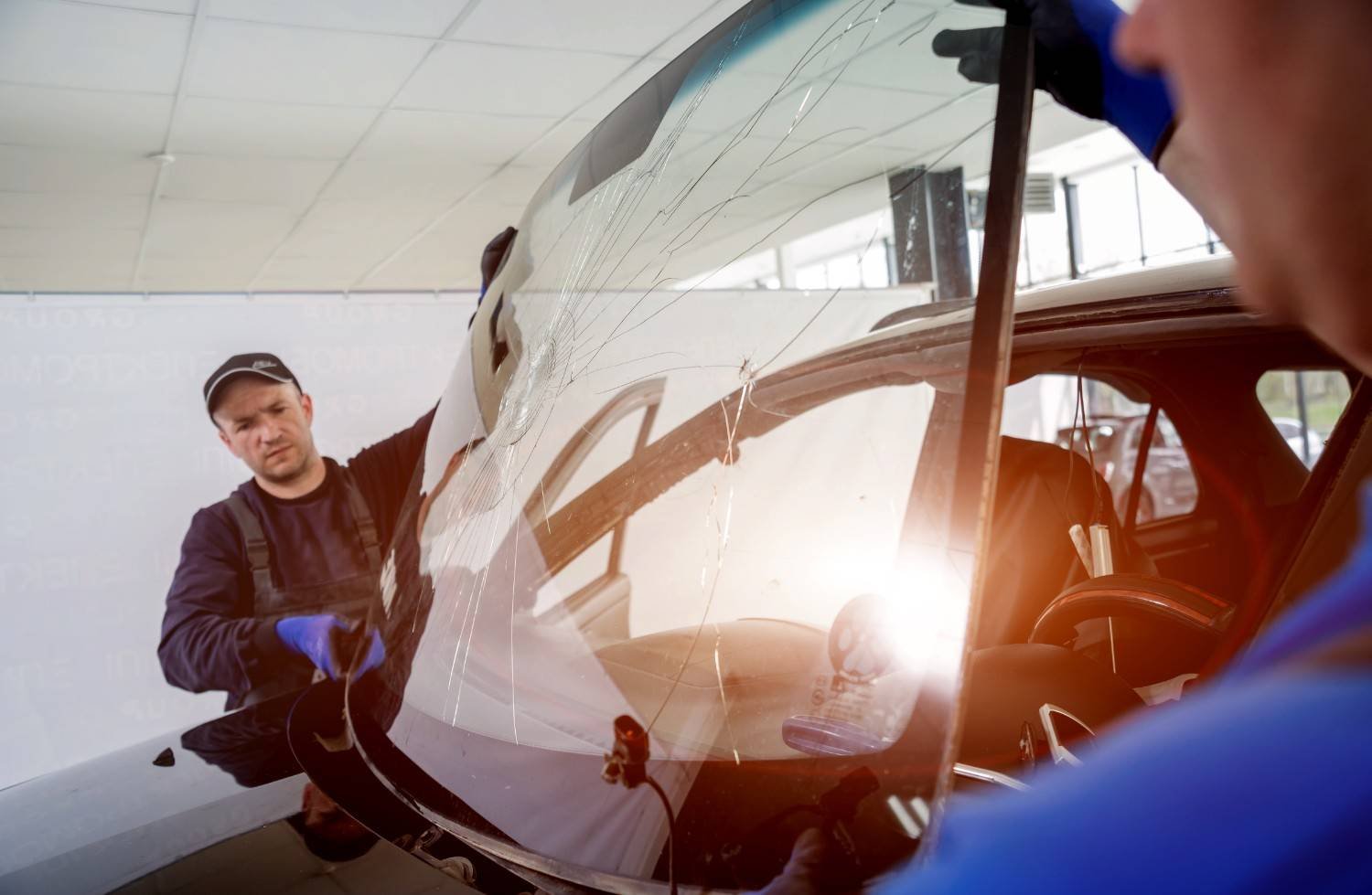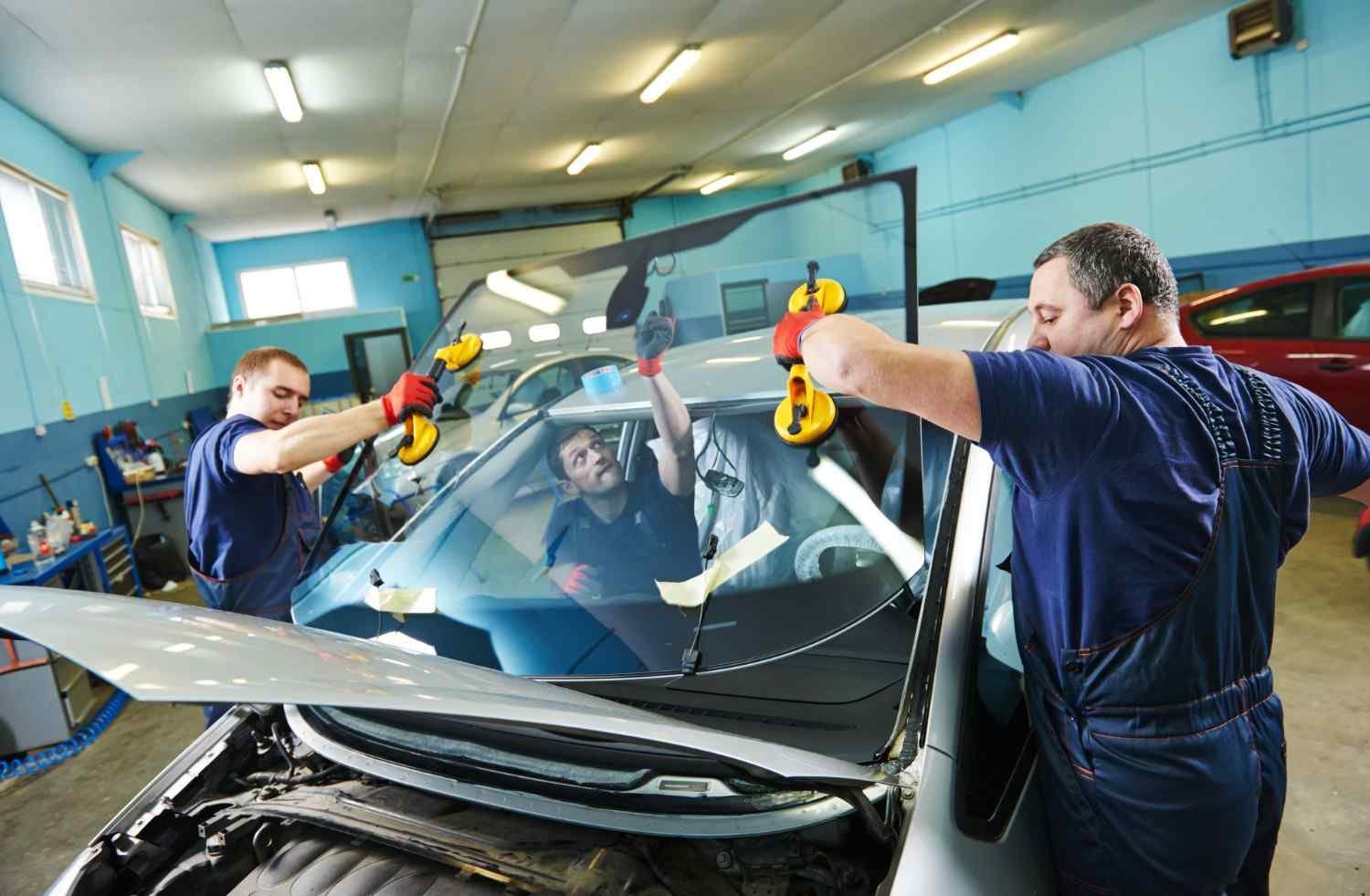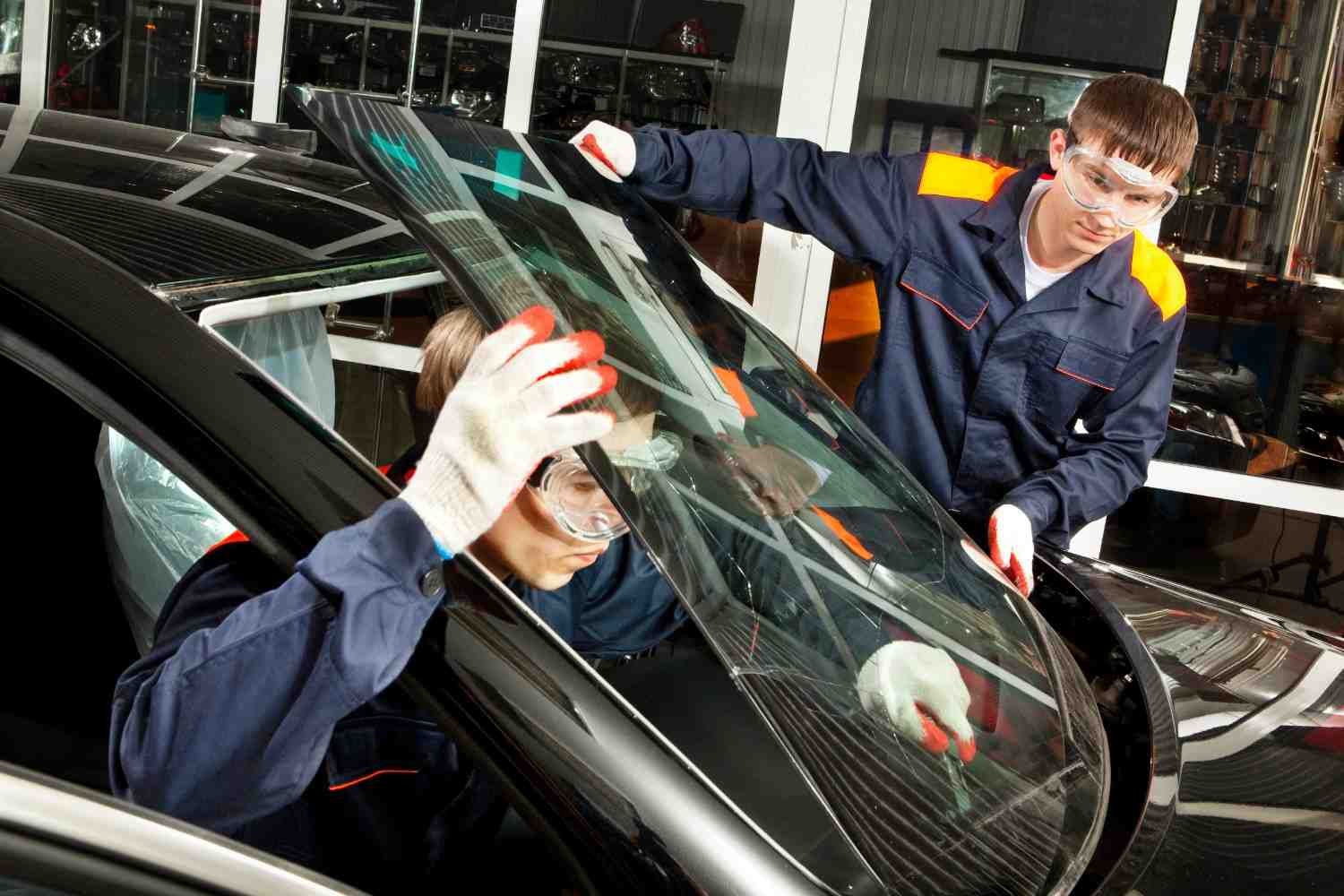
Las Vegas Mobile Auto Glass
(702) 577-2928
If you've ever flinched as a stone chipped your windshield, you know that the weather can really impact your car. Knowing how the sun's rays, temperature changes, and rough conditions can weaken your vehicle's glass is key to preventing damage. This article will offer practical tips for safeguarding your windshield and advice on how to handle chips and cracks when they do occur.
Armed with the right information and a proactive approach, you'll be ready to keep your windshield in top shape, ensuring safety for everyone inside your car, regardless of what the weather might have in store. Protecting your windshield from the elements is not just about avoiding unsightly cracks.
It is about maintaining visibility and safety for your drivers. Extreme temperatures and direct sunlight can compromise your windshield's integrity. To fend off these risks, park in the shade when possible, use a windshield sun protector, and replace your wipers regularly to prevent scratches from debris. In winter, avoid pouring hot water on a frozen windshield, as the sudden temperature change can cause it to shatter.
When it comes to repairing a damaged windshield, it's best not to wait. Small chips can quickly become large cracks that compromise the structural integrity of your vehicle. If you notice a chip, consult a professional for a quick repair, which is often a more affordable option than a full replacement. Some insurance policies may cover windshield repairs, so it's worth checking with your provider.

Your car's windshield is more than a window to the road—it's a barrier that stands up to the weather's worst. Whether it's the glare of the summer sun or the bite of a frosty morning, these conditions can strain the glass. Here's how to keep it intact:
In the Summer: Use a sunshade and seek shade for parking to prevent the glass from expanding and developing weak spots.
In the Winter: Never shock the glass with hot water; use a proper scraper and de-icer instead.
And when damage strikes, act swiftly.
A small chip can spiral into a crack that threatens your car's structural integrity. Professional repair is a quick, cost-effective solution, and might even be covered by your insurance.
Hooked on keeping your windshield pristine? Read on as we dive into the dos and don'ts of windshield protection and repair. This isn't just advice—it's a necessity for anyone behind the wheel.
Contact UsWeather can really take a toll on your car's windshield. Think about the intense heat in the summer and the freezing cold in the winter – these extremes cause the glass to expand and shrink, which might lead to small chips or even cracks. These mightn't look like much at first, but if ignored, they can grow and weaken your windshield significantly.
It's not just temperatures we've to worry about, though. When the wind picks up, it can hurl tiny bits of debris like sand or pebbles against the glass, causing scratches that can gradually get worse. In places with harsh winters, the chemicals used to melt ice can also eat away at the edges of your windshield.
So, what can you do to protect your windshield? Using sunshades is a smart move to keep UV rays at bay, and a water-repellent coating can help prevent ice from sticking. It's also wise to regularly check for any damage and fix it right away. By staying vigilant and taking these precautions, you'll not only keep yourself safer on the road but also extend the life of your windshield.
Contact Us

Protecting your windshield from the unpredictable weather is crucial for your safety and comfort on the road. Here's how to keep it in top shape with some practical advice:
Choose Quality Windshield Wipers
Apply Water-Resistant Treatments
Conduct Consistent Inspections and Upkeep
Facing harsh weather can take a toll on your car's windshield. If you notice a crack from temperature swings, it's key to check how bad it is. For small cracks, less than six inches, a quick fix with resin might be all you need. A technician will fill the crack with a special resin and then use UV light to harden it. This can fix the crack and help you see better while driving.
For those big, web-like cracks, you might need a new windshield to stay safe on the road. It's important to get one that matches the original quality, and it should be put in with a strong adhesive that can handle more bad weather.
When fixing these cracks, keeping the area clean is a must so the repair lasts. And after the fix, you'll need to wait a bit before you drive to let everything set properly. Taking care of cracks the right way means you're looking out for the safety of everyone in the car and keeping up with professional repair standards.
Contact Us